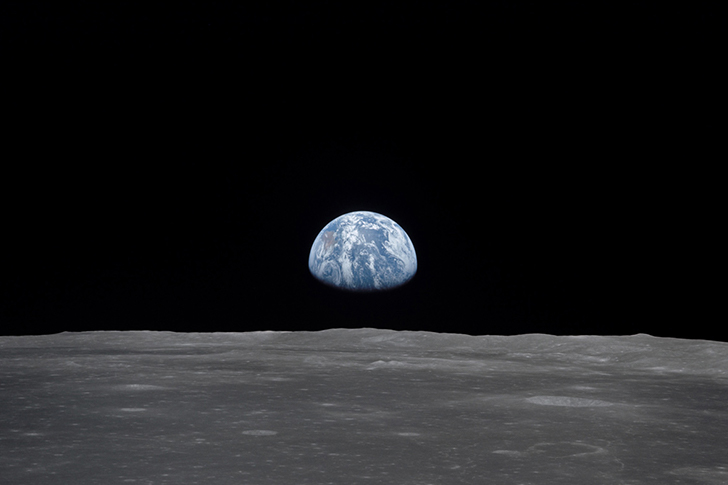A Home Among The Stars? Planets That Can Inhabit Life

At this point, we have been introduced to numerous types of stories in mediums such as books, songs, shows, and movies. Besides the usual topics that dwell in reality, many of these stories also dive into what’s possible. Well, one such genre that fits this would undoubtedly be science fiction. With notable titles such as Star Wars, Blade Runner, and Star Trek, the sci-fi side of storytelling has tackled various topics over the years, one of which is the age-old question: are we alone in the universe?
Thanks to the investments made in the world of science and technology, we are slowly but surely beginning to develop a more definite answer to that question. With that in mind, perhaps we will finally come to the point where we can interact and even co-exist with lifeforms from other planets from other galaxies! Well, before that thought becomes a reality, let’s take a look at some of the findings researchers have made.

Outer Space As We Know It
Way before the first cities were even supplied with electricity, people already possessed a fascination for the unknown. This eventually brought forth many of history’s well-known travelers. Despite their adventures across many lands and seas, however, there was still one place they couldn’t explore – the stars beyond the blue sky. Well, thanks to the technological innovations and breakthroughs achieved over the years, that problem is not as much of a concern today as it was generations ago.
Two inventions worth noting are NASA’s planet-searching Kepler space telescope and the European Space Agency’s Gaia spacecraft. Since their launching, they have already accumulated a massive amount of data about the universe, which currently has over 2,800 known planets, including the ones in our solar system, and hundreds of billions of stars in the Milky Way galaxy alone. With these findings, researchers can now provide a rough estimate of the number of Earth-like planets scattered across the galaxy.

What Makes A Planet Inhabitable?
Although there are already thousands of identified planets, only a few of them can fit the part of being Earth-like and life-sustaining. The same can also be said for the billions of stars; not all of them possess the same features as our sun. To help with their search for inhabitable planets, scientists have created a checklist of requirements. For planets, the only types that fit the part are rocky planets. Plus, their diameters should be 0.5 to 1.5 times of Earth’s — no more, no less. Other factors also come to play, including its capability to sustain water-dependent, Earth-like life. Meanwhile, for a star to be considered sun-like, it should have a surface temperature ranging from 4,527 to 6,027 degrees Celsius.
Among their many discoveries, researchers found that 7% of the 200 billion stars in the Milky Way are sun-like. This means that they may have at least one Earth-like planet revolving around them. Now, 7% may seem like a small number, but in actuality, that represents 14 billion of the Milky Way’s stars!

How Far Away Are They?
Although we already have a grasp of the number of solar systems out there that can potentially have life-sustaining planets, the distance between them and the Earth is still a concern we can’t overlook. Through the years, interplanetary travel has been an idea many of us have taken an interest in, and it’s also apparent in many of our favorite sci-fi stories. Even so, there’s still a ways to go before it becomes a convenience we can make investments in. After all, going from one galaxy to another is no walk in the park – not yet, at least.
According to current findings, the nearest solar system with a potentially inhabitable planet is around 6 parsecs away. When it comes to matters related to space, numbers can be quite deceiving. To put things into perspective, one parsec is 3.26 lightyears, and one lightyear is 9.46 trillion km. A journey around the world is around 40,075km, and even if you do that a hundred million times, it’s still not enough to reach even a lightyear! Well, by the looks of it, it’s safe to say it’ll take some time before we can spend some credit card points on a taxi cab ride to other planets. Even so, it’s still nice to know there are other Earth-like celestial bodies out there for us to go to someday.
Photo Sources:
Cover – Pixabay / Cocoparisienne,
Photo #1 – Pixabay / qimono
Photo #2 – NASA / JSC
Photo #3 – Pixabay / 2758992

Recent Comments